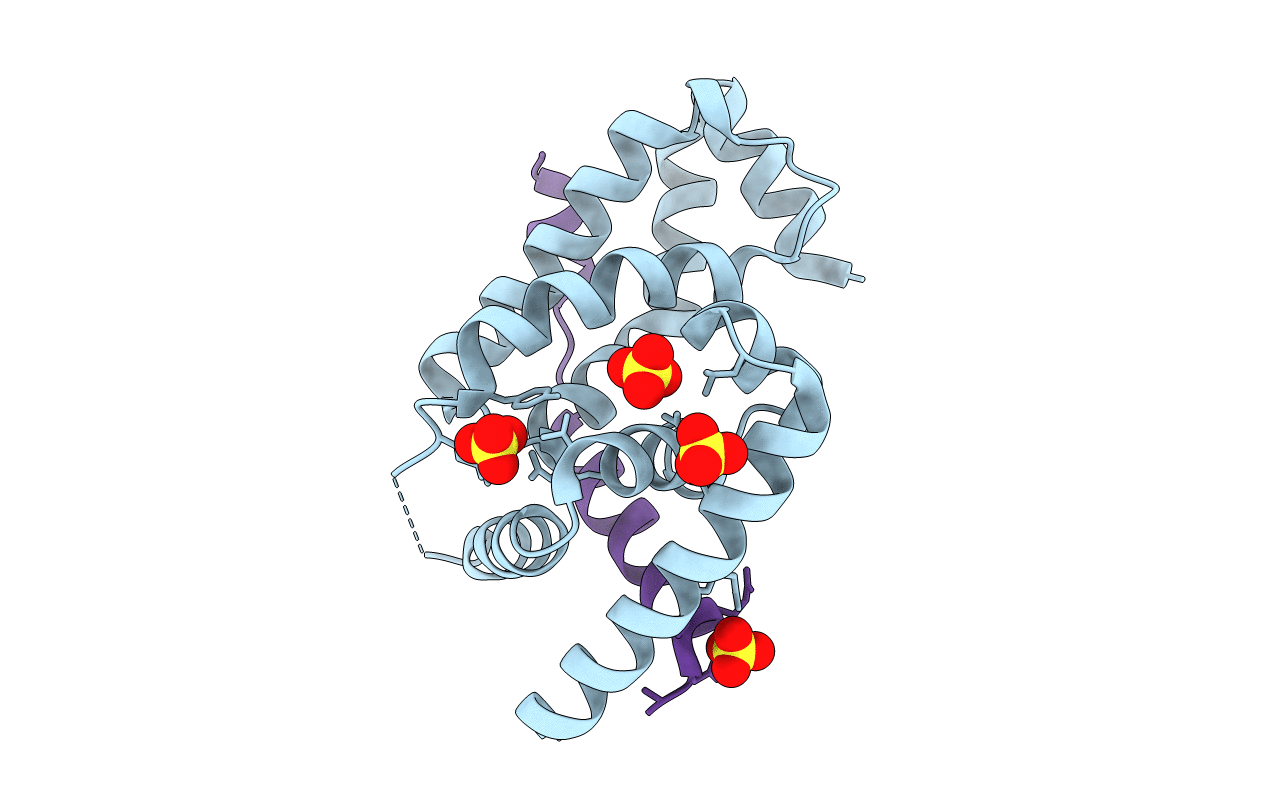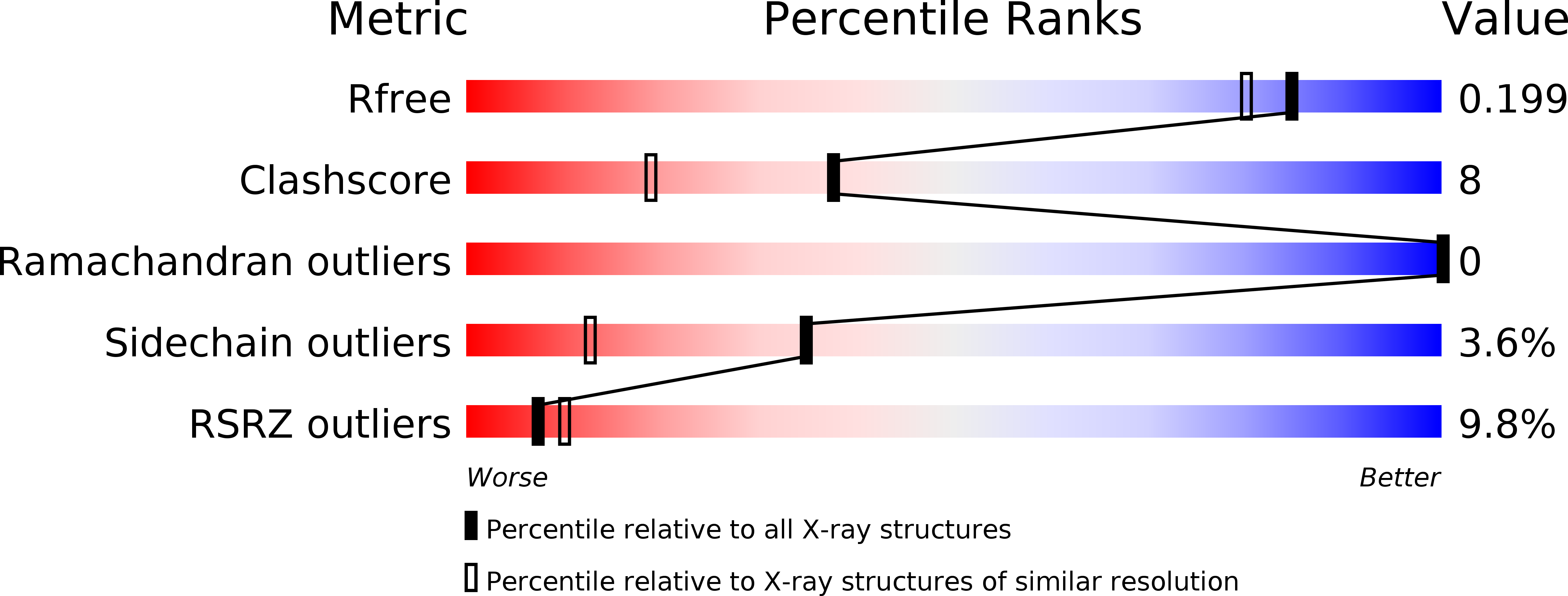
Deposition Date
2014-04-07
Release Date
2014-04-30
Last Version Date
2024-05-08
Entry Detail
PDB ID:
4CXF
Keywords:
Title:
Structure of CnrH in complex with the cytosolic domain of CnrY
Biological Source:
Source Organism:
CUPRIAVIDUS METALLIDURANS CH34 (Taxon ID: 266264)
Host Organism:
Method Details:
Experimental Method:
Resolution:
1.75 Å
R-Value Free:
0.20
R-Value Work:
0.17
R-Value Observed:
0.17
Space Group:
I 2 2 2


